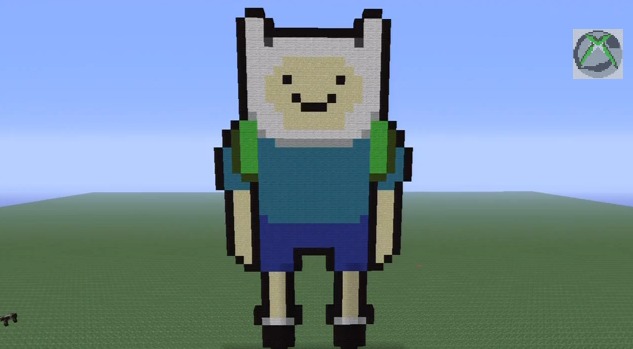Use a game to make art
Play a drawing-and-painting game using dice or cards to decide colors, shapes, and actions, creating unique collaborative artworks while exploring chance and creativity.



Step-by-step guide to play a drawing-and-painting game with dice or cards
How To Draw A Cityscape
Step 1
Clear a flat workspace and tape your paper down so it will not move.
Step 2
Put your die or cards pencil eraser and coloring materials within arm reach.
Step 3
On a scrap sheet write a simple chart that maps die numbers or card values to a color a shape and an action.
Step 4
Decide who goes first how many players will join and how many turns each player will take.
Step 5
The first player rolls the die or draws a card to pick the color from the chart.
Step 6
The first player rolls the die or draws a card to pick the shape from the chart.
Step 7
The first player rolls the die or draws a card to pick the action from the chart.
Step 8
Use the chosen color to draw or paint the chosen shape on your paper.
Step 9
Apply the chosen action to your shape for example add dots stretch rotate connect or pattern it.
Step 10
Pass the die or cards to the next player and repeat steps 5 through 9 until you finish the agreed number of turns.
Step 11
Add any finishing touches like backgrounds details or your signature to complete the artwork.
Step 12
Take a photo and share your finished creation on DIY.org.
Final steps
You're almost there! Complete all the steps, bring your creation to life, post it, and conquer the challenge!


Help!?
What can we use instead of a die or cards if we can't find them?
Make a paper spinner or draw numbered slips to match the same color/shape/action choices on your scrap chart and spin or pull instead of rolling a die or drawing cards.
My paper keeps sliding and my colors smudge—how can I stop that during the game?
Follow step 1 and reinforce all four edges with stronger tape, keep your coloring materials within arm's reach as instructed, and use the pencil eraser to remove stray pencil marks between turns to avoid smudges.
How can I change the game for different ages so it's not too hard or too easy?
For younger kids simplify the scrap chart to two colors and two shapes and reduce the number of turns in step 4, while older kids can add more colors, complex actions like collage or texture, and extra turns for detailed compositions.
How can we extend or personalize the finished artwork after the game's turns are done?
After finishing the agreed number of turns and following step 10, add backgrounds, mixed-media details or signatures, photograph the piece, and edit or share it on DIY.org to personalize and extend the activity.
Watch videos on how to play a drawing-and-painting game with dice or cards
LEARN TO DRAW PATTERNS! (ART LESSONS FOR KIDS)
Facts about art games and creative play
🃏 A standard deck has 52 cards; using cards as prompts can create 52 different outcomes (or 54 if you include jokers).
🤝 Collaborative art can bring many styles together — some community murals are painted by dozens or even hundreds of people working as a team.
🎲 Dice have been used for games and decision-making for over 5,000 years — the oldest dice were found in Mesopotamia (around 3000 BCE).
🌈 Mixing two primary paint colors makes secondary colors (red + blue = purple, blue + yellow = green, red + yellow = orange), perfect for chance-based palettes.
🎨 The Surrealist game "Exquisite corpse" was invented in 1925 to create surprising collaborative drawings by hiding each player's contribution.
How do you play a drawing-and-painting game using dice or cards to make art?
What materials do I need for a dice-or-card drawing-and-painting game?
What ages is a chance-based drawing-and-painting game suitable for?
What are the benefits of playing a drawing-and-painting game with dice or cards?


One subscription, many ways to play and learn.
Only $6.99 after trial. No credit card required



